Hydrogen Peroxide
Hydrogen peroxide is a pale blue, slightly viscous liquid that is used as a bleaching agent and antiseptic. In high concentrations, hydrogen peroxide is used as a rocketry propellant, due to the unstable chemical bonds of peroxide. In less volatile concentrations, hydrogen peroxide is found in many biological systems, including in the bodies of humans.
The first synthetic peroxides were generated in the late 1700s during scientific attempts to decompose air. As they were developed, these peroxides often used hydrochloric acid and sulfuric acid as precipitates. In 1811, French chemists Jean-Louis Thénard and Joseph Louis Gay-Lussac synthesized sodium peroxide, and throughout the 19th century, chemists continued to develop peroxides, until hydrogen peroxide was first commercialized in 1908 in Austria. Early hydrogen peroxide was found to be unstable, due to impurities, but in 1894, pure hydrogen peroxide was obtained by German chemist Richard Wolffenstein, through vacuum distillation. By the mid-1930s, the currently accepted molecular structure for hydrogen peroxide was proposed, and today, its formulation is commonly understood and its formulations are stable.
The majority of the world’s hydrogen peroxide is used to bleach paper and the pulp that is used to make paper. The second most-common use is as a mild bleach in laundry detergents; in some detergents, hydrogen peroxide is combined with sodium carbonate to produce sodium percarbonate, an effective bleaching compound that is activated at higher temperatures.
Hydrogen peroxide is currently used to remove impurities from wastewater, in sterilization processes for surgical tools and various surfaces, to treat acne, to remove stains, and to clean and disinfect. While hydrogen peroxide has multiple niche uses, it is used in dentistry as a bleaching agent that effectively whitens teeth. It is found in many different whitening toothpastes and works by oxidizing pigments on the enamel of the teeth. It may also be mixed with baking soda to make homemade toothpaste that has both abrasive and whitening properties, though this is not usually recommended by dentists due to the excessive abrasiveness of baking soda.
In the United States, low concentrations of hydrogen peroxide are widely available; the most common concentrations for typical over-the-counter “drugstore” hydrogen peroxide is 3% to 5%. Somewhat higher concentrations are also available for home use, though industrial-grade hydrogen peroxide concentrations as high as 35% to 70% are only available commercially. These higher concentrations are usually accompanied by a safety data sheet and are considered hazardous, as, in high concentrations, hydrogen peroxide oxidizes aggressively and can corrode human skin. Because hydrogen peroxide breaks down rapidly when exposed to light, it is usually stored in opaque containers that are also non-reactive.
Some dental professionals recommend that patients gargle with hydrogen peroxide to whiten the teeth; in fact, many commercially available mouthwashes contain low concentrations of hydrogen peroxide. For gargling purposes, it is recommended to use a 3% hydrogen peroxide solution that is diluted in two parts water for each part peroxide, to prevent irritation. Hydrogen peroxide may also be used in treatments for gum diseases, as it releases oxygen that works to destroy the bacterial biofilm that makes up dental plaque, the primary cause of gum disease. Hydrogen peroxide may be used in conjunction with root debridement to remove plaque from below the gumline and disinfect the mouth to prevent more plaque from building up. Gargling with hydrogen peroxide can also help relieve sore throats and minor mouth irritations like cuts or canker sores. Swallowing hydrogen peroxide, even in low concentrations, may cause nausea or stomach upset and should be avoided.

